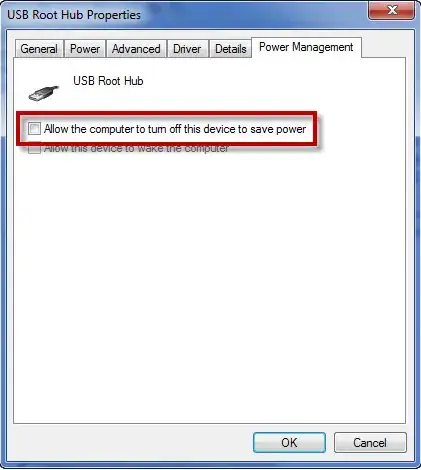OOOO's answer is great but in some circumstances Windows might hide the Change settings that are current unavailable option. It is possible to change the USB selective suspend settings via the command line:
- Enable the power plan you wish to change
- Open
cmd
- To disable:
REM (On battery: Disabled)
powercfg /SETDCVALUEINDEX SCHEME_CURRENT 2a737441-1930-4402-8d77-b2bebba308a3 48e6b7a6-50f5-4782-a5d4-53bb8f07e226 0
REM (Plugged in: Disabled)
powercfg /SETACVALUEINDEX SCHEME_CURRENT 2a737441-1930-4402-8d77-b2bebba308a3 48e6b7a6-50f5-4782-a5d4-53bb8f07e226 0
- To re-enable:
REM (On battery: Enabled) - Default
powercfg /SETDCVALUEINDEX SCHEME_CURRENT 2a737441-1930-4402-8d77-b2bebba308a3 48e6b7a6-50f5-4782-a5d4-53bb8f07e226 1
REM (Plugged in: Enabled) - Default
powercfg /SETACVALUEINDEX SCHEME_CURRENT 2a737441-1930-4402-8d77-b2bebba308a3 48e6b7a6-50f5-4782-a5d4-53bb8f07e226 1
Adapted from: How to Turn On or Off USB Selective Suspend in Windows 10
Note: The GUIDs are well known GUIDs defined by Windows:
> powercfg -list
> powercfg -query <your_power_plan_GUID>
[...]
Subgroup GUID: 2a737441-1930-4402-8d77-b2bebba308a3 (USB settings)
Power Setting GUID: 48e6b7a6-50f5-4782-a5d4-53bb8f07e226 (USB selective suspend setting)
Possible Setting Index: 000
Possible Setting Friendly Name: Disabled
Possible Setting Index: 001
Possible Setting Friendly Name: Enabled
[...]
